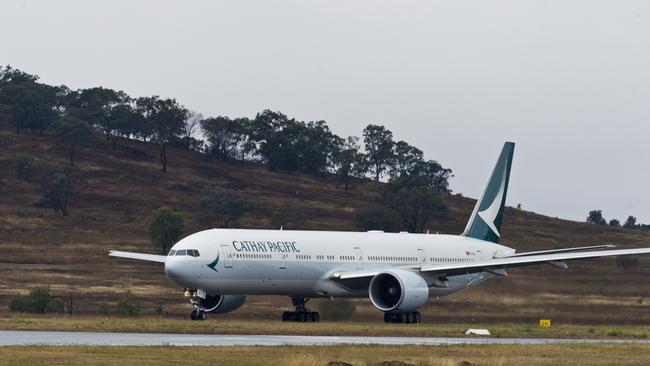Outlook worsens for Airbus, Boeing
Boeing and Airbus are making planes that airlines aren’t collecting.

Boeing and Airbus are making planes that airlines aren’t collecting, straining their finances as the coronavirus pandemic wreaks havoc on travel and the aerospace industry.
Airlines in many cases say they don’t want the aircraft for now, because they are unable to fill them profitably during a historic plunge in demand for flying. Travel restrictions are also hindering airline employees from getting to the US and Europe to pick up planes from factories.
The result: finished aeroplanes with nowhere to fly, and less cash for Boeing, Airbus and their suppliers as they slash production and payrolls. Customers generally pay more than half the purchase price when they receive aircraft.
Boeing delivered 20 aircraft in the second quarter, down from 90 in that period last year. It was the lowest quarterly total since 1963.
Airbus reported delivering 74 jets in the second quarter, down from 227 a year before. Among the European plane maker’s undelivered jets are four ordered by Delta Air Lines. Delta has said it won’t take delivery of new jets this year.
“Clearly, we’re in a situation where we don’t need any aircraft,” Delta CEO Ed Bastian said earlier this month.
The drop in deliveries has added to the stress at the plane makers, which burned through billions of dollars in cash during the second quarter.
The fallout is expected to extend to suppliers such as engine maker General Electric, which like the plane makers receive much of their payment when a plane is delivered.
Boeing, Airbus and GE report their second-quarter earnings this week.
A big reason for the pileup at Boeing is the grounding of the 737 MAX since March last year. More than 420 remain undelivered after regulators banned the MAX from carrying passengers following two fatal crashes that took a total of 346 lives. MAX production, which Boeing halted for more than four months starting in January, is set to reach 31 a month next year, about half the rate before its grounding.
The Federal Aviation Administration isn’t likely to grant the MAX approval to resume commercial service until late October or early November.
A slowdown in deliveries of wide-body jets has left Boeing stuck with those aircraft too. Demand for those planes, which are often used in international travel, is expected to recover more slowly than for smaller planes used for short-haul trips.
Boeing had been producing 14 Dreamliners and five 777s a month before saying in April it would cut production rates. As parking near its factories fills up, Boeing has begun storing some jets at an airfield in California.
Boeing CFO Greg Smith said the company was negotiating delivery timing with customers that would help determine production rates.
Aircraft contracts generally allow buyers to walk away without penalty if a manufacturer delays or postpones deliveries for a year or more. Boeing already has slashed production and moved to cut 10 per cent of its 160,000-strong global workforce.
Airbus has said it plans to cut 15,000 jobs and has lowered production by about a third.
The Wall Street Journal






To join the conversation, please log in. Don't have an account? Register
Join the conversation, you are commenting as Logout